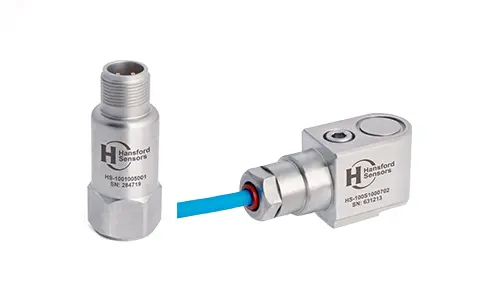Efficiency is a magic word
If you were trying to keep up to date with developments regarding wind power recently, we wouldn’t blame you for being confused.
It’s been a tumultuous period for wind power in the UK with Tory MP John Hayes, Minister of State for Energy, publicly decrying his party’s involvement in onshore wind farms.
Although his statement was quickly quashed by Ed Davey, his Lib Dem boss in the Department for Energy and Climate Change, (and since then by David Cameron) it has done little to quell the fire.
Renewable energy, and in particular wind farms, have long divided the opinion of both experts and members of the public for years. Onshore wind farms are often criticised for their noise levels, ugliness and poor energy yields over a prolonged period (work harder, nature). Similarly, although offshore wind farms produce more electricity the high cost involved is another cause for public concern. However, is this concern justified?
While there is opposition to wind farms, the government continues to stand firm on its commitment for renewable energy to account for 15% of our total energy production by 2020. With this target currently in sight, David Cameron has announced that there will be no change until a review takes place in 2020.
According to the European Environment Agency, onshore locations in the UK offer about 11 per cent of the total generation potential of wind energy in the European Union.
Extending the case even further is research undertaken by the Grantham Research institute on Climate change and the environment, which found that onshore wind farms are likely to be fully competitive with older, more conventional energy sources by 2016.
Keeping operating costs down is critical and condition monitoring plays a vital role in this process. In particular, vibration monitoring of all rotating parts within each turbine nacelle is an essential technique, giving early warning of even minor fluctuations in operating conditions and enabling maintenance to be planned well in advance, and in such a way that turbine availability can be optimised.
At Hansford Sensors we’re working closely with other manufacturers in this sector and are proud that our technology is contributing to the UK’s drive to maximise our use of the renewable wind (and also wave) resources that surround our shores.

